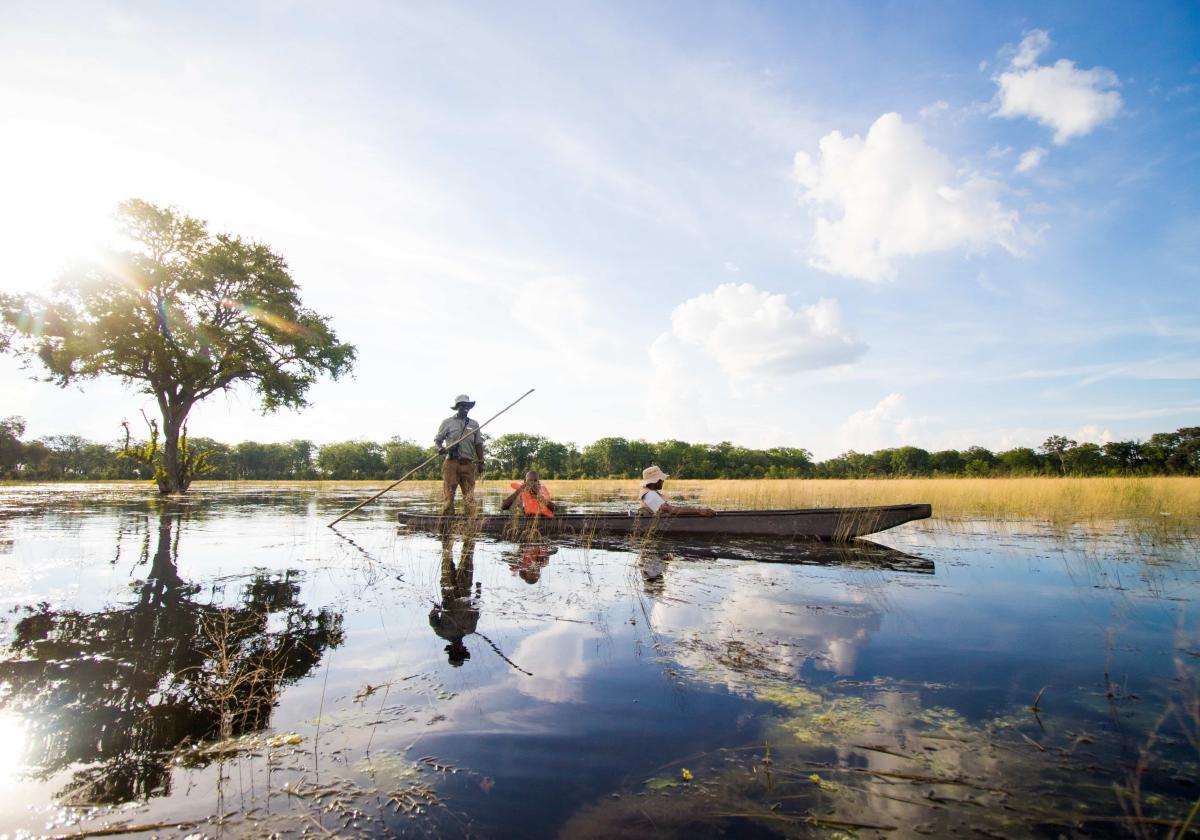Botswana Tourism Organization (BTO) is expanding its tourism portfolio beyond the country’s renowned wildlife reserves by transforming dams into attractive tourist destinations. According to BTO Executive Manager for Investment, Shatho Lopang, this initiative aims to diversify the tourism sector, boost local economies, and attract a wider range of visitors.
A New Approach to Tourism Development
For decades, Botswana’s tourism has been heavily centered on its iconic wildlife reserves and national parks, such as the Okavango Delta and Chobe National Park. While these destinations remain a major draw for international visitors, BTO recognizes the need to broaden tourism offerings to make the industry more inclusive and sustainable. By leveraging Botswana’s water bodies, particularly its dams, the country aims to create new recreational and hospitality opportunities.
Potential of Botswana’s Dams
Botswana is home to several large dams, including the Gaborone Dam, Dikgatlhong Dam, Letsibogo Dam, and Shashe Dam. These water reservoirs have the potential to become prime locations for eco-tourism, water sports, fishing, and leisure activities. The move to repurpose these sites into tourism destinations aligns with global trends in sustainable tourism, which seek to maximize natural resources while preserving the environment.
Lopang highlighted that developing tourism around dams would not only attract local and international visitors but also stimulate job creation and business opportunities in nearby communities. “We want to ensure that more people, including those outside traditional safari zones, benefit from tourism,” he stated.
Activities and Infrastructure Development
BTO’s vision for dam-based tourism includes introducing boat cruises, kayaking, fishing expeditions, and picnic sites. The organization also plans to encourage private sector investments in lodges, restaurants, and adventure-based tourism such as zip-lining and hiking trails. Additionally, cultural tourism initiatives could be integrated, allowing visitors to experience local traditions, cuisine, and crafts.
Sustainability and Environmental Considerations
While the project aims to enhance tourism, environmental conservation remains a priority. BTO will collaborate with environmental agencies and stakeholders to ensure that dam-based tourism does not negatively impact water resources or local ecosystems. Eco-friendly tourism practices, including waste management, water conservation, and controlled visitor access, will be integral to the project.
Attracting Investment and Partnerships
BTO is actively seeking partnerships with investors, developers, and local entrepreneurs to bring the vision to life. Government incentives and policies supporting tourism diversification are expected to encourage private sector participation.
By transforming Botswana’s dams into thriving tourist attractions, BTO is taking a bold step toward a more diversified and resilient tourism sector. This initiative not only expands Botswana’s tourism appeal but also creates new economic opportunities for local communities, reinforcing the country’s position as a leading tourism destination in Africa.










